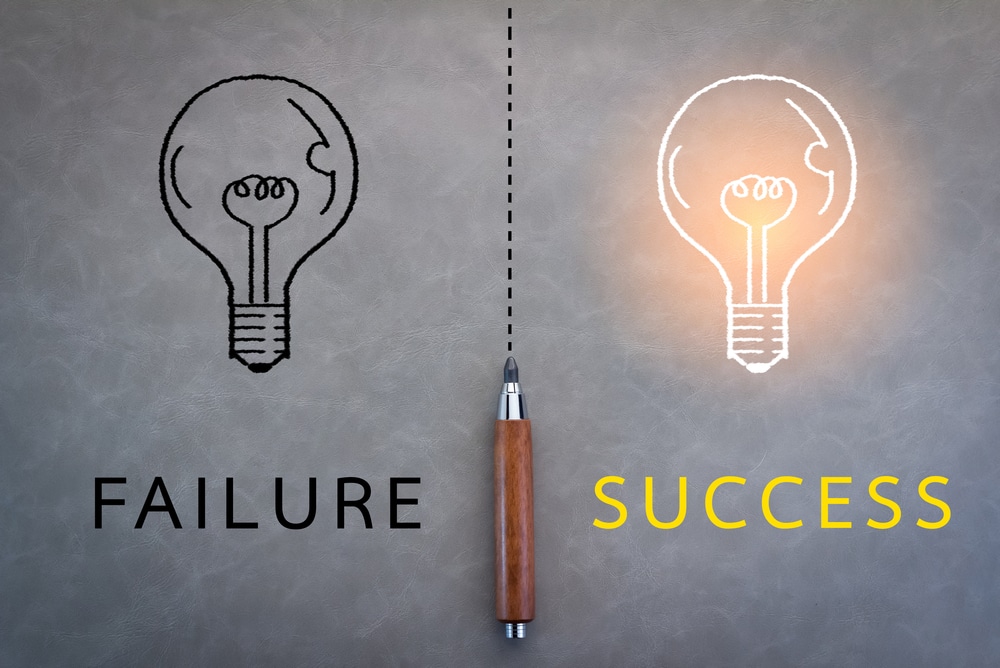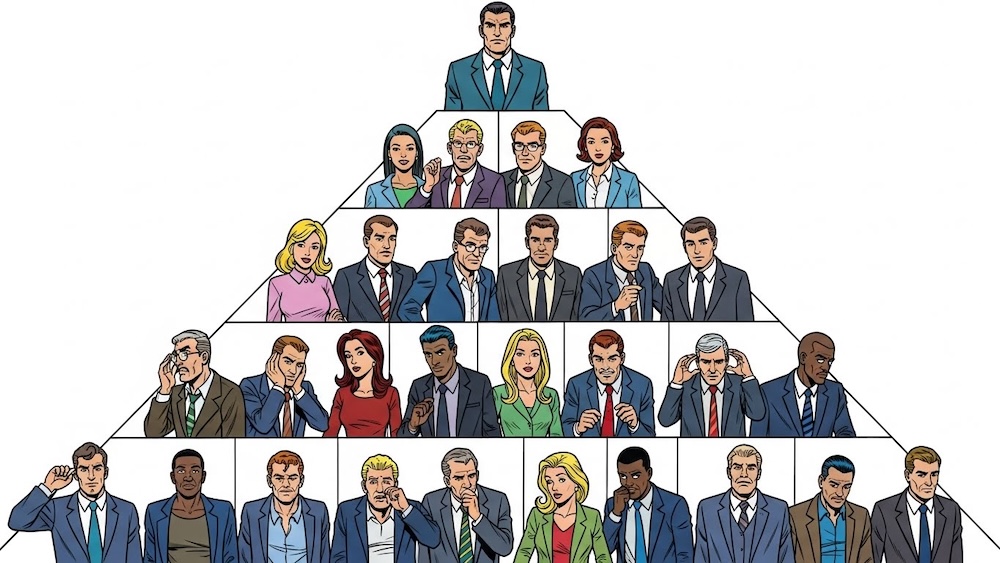What causes companies to fail?
And what causes companies to start?
Why is it that some companies that seem like they should fail stay up, and some that seem like they should succeed fall?
I feel like this will be a nice segwey from last week’s blog into more of what we’ll be doing from here on. That is, more questions based on honest curiosity rather than a desire to provide some form of content.
As I dove further into this rapidly booming IOT world, I found gadgets expected and unexpected, and devices that caused me to roll my eyes and some that caused my eyes to open. Let’s check them out, then talk about -why- .
First, the expected. Sonos.

This is a good speaker. This is a good company. They found success and stability. Especially in the modern world filled with new tech and devices, if a device sells, it is reasonable to assume that some customer need is being fulfilled.
John MacFarlane, the founder of Sonos, had the dream of being able to connect all the speakers in one house to a central control device (read smart phoen) without having to drill holes and thread wires as if in a labyrinth. This is pretty much the IOT dream – make things cleaner, simpler, and connected.
What I find most interesting about this is the unexpected bit: that, like most start-ups, it took three years of repeated efforts and failures, along with a healthy dose of luck, to succeed. As techcrunch.com notes, start-ups need early adopters, and early adopters are usually not afraid to spend a bit of money. They launched initially as a high priced item, and then offered lower options as demand went up.
I wonder how true that is these days?
Onto the unexpected: the failed car HUB device, Navdy.

I found a wonderful website called failory.com, which educates you of failed companies mistakes. Check them out.
The reason Navdy is unexpected to me, is because it is something that I at once did not expect as a product and also did not expect to fail so readily. The reason for failure, while one being the gadget itself was not entirely well received by the community, was owed also largely in part due to the unexpected factor of there already being lots of HUD and navigation tech out there.
This is marketed as more of that augmented reality stuff that I am personally a big fan of – however, in the end, it just was not well done. Simply: why would anyone pay $400 for a headsup display when they could pay 20$ and mount their phone in the same spot?
Finding that coalescant moment where the market demand and a reasonable cost of production meet. That seems to be what it’s all about.
To the eye opener: the SmartMat yoga mat.

This is not the eye roller. I thought it would be too. But this thing singlehandedly caused me to reconsider a lot of my predisposition towards smart gadgets.
This is a fully functional, rollable yoga mat that has a smart device built in. That is, it has sensors throughout the entire mat to analyze where you put pressure on it so it can guide you, and speakers and connectivity built in.
Now whether it perfectly achieves all this is another question, but let’s say hypothetically it does: what a cool device. It is not one of life’s necessities. But I feel it’s very reasonable to say it makes a very clear improvement to something that is very important to a lot of people.
Here it is. The Mr. Coffee Smart Optimal Brew.

MAYBE you like it. MAYBE you need to schedule your automatic instant coffee brew so it can be there for you. MAYBE to you pressing a button on the coffee machine is too much work and pressing several buttons on your phone is much more convenient.
But for me, trying his hardest to forget any of his own personal preferences for coffee (it is my favorite thing in the world besides my girlfriend), this is too much.
This is perhaps the prime example of an unnecessary device. I am open to being convinced otherwise. Please try to change my mind.
So.
Start-up companies fail. Most of the time.
Only a handful of devices become anything more than playthings by device-lovers.
None of these companies found success or demise by one factor, but by several.
- Navda failed not only by having a sub-par product, but by being expensive and diving into an already saturated market with little demand.
More than whether there is a necessity, asking if there is a market.
- There might be little to no necessity for the smart mat, but to say there’s no market for modern yoga products would be to completely misunderstand modern trends in the western world. (Hate to say it, but this is probably how Mr. Coffee Smart Brew will make millions).
More than asking if the product is well made (though to fail here is an easy end), asking if the product can be well-made and affordable to your market.
- Sonos didn’t exhaust themselves trying to make a cheap product – instead they focused on making a good product, knowing that those early adopters would buy in based on quality.
If you believe people need your product,
asking what people will need to believe they need it too.
What is it that we understand about stak that
we need to convey to everyone else?
Be ambitious without spreading yourself too thin.`
With no risk, there is no reward.
Success is the fruit of repeated efforts.







